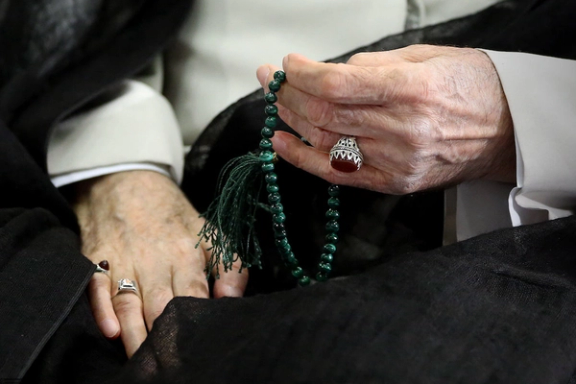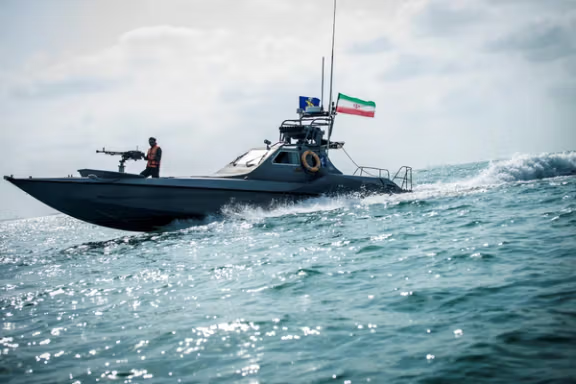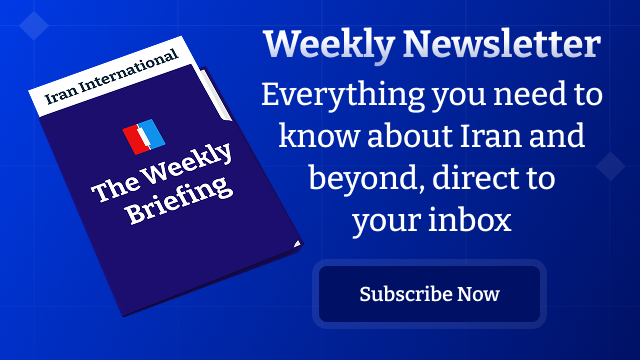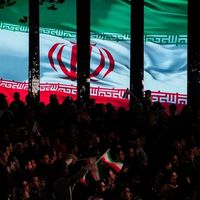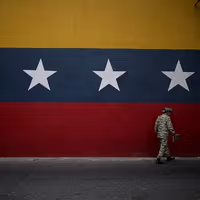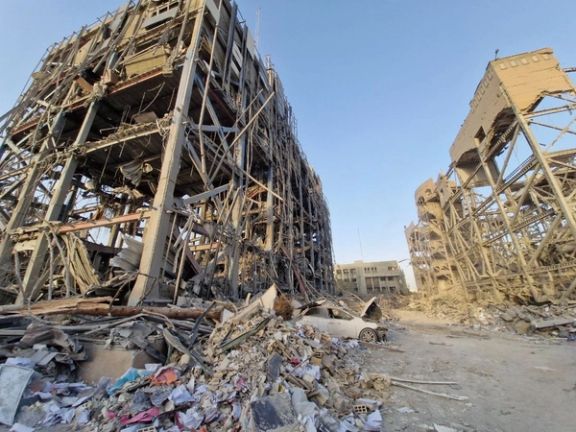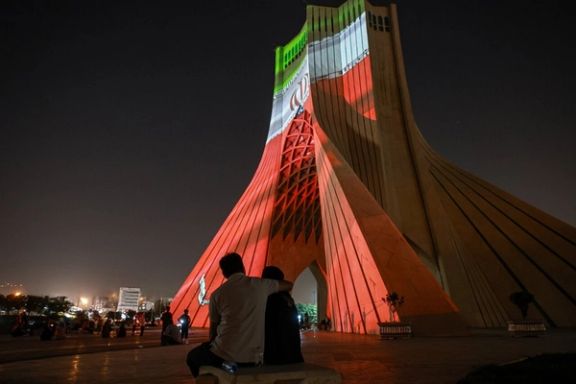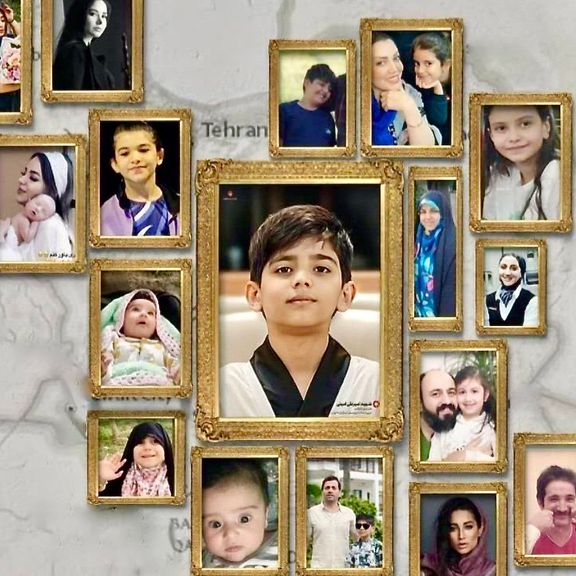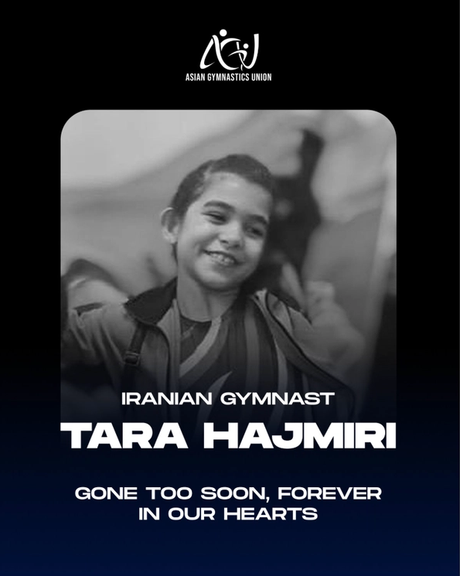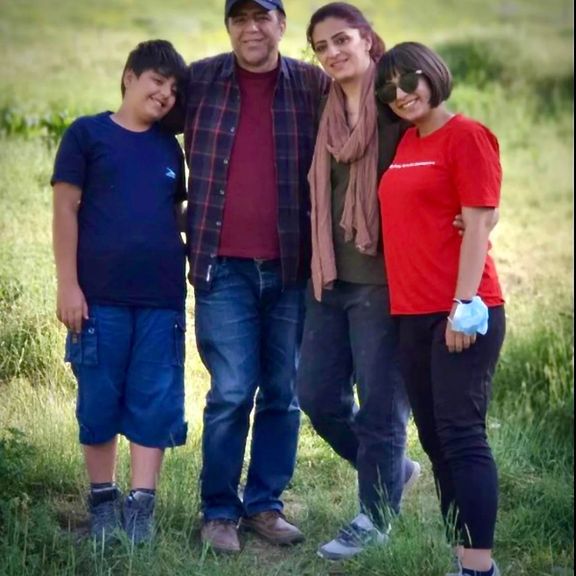The Islamic Republic has begun sealing itself off from the world.
Today, Iranian state media announced that President Masoud Pezeshkian signed a law suspending cooperation with the United Nations’ nuclear watchdog, the IAEA. Inspectors will no longer be allowed access to Iran’s contested nuclear facilities. This decision comes just days after Israel and the United States inflicted unprecedented damage on those very sites during a 12-day campaign.
The move heightens the risk of war but also underscores a deeper truth: something irreversible is unfolding.
What began as a 12-day campaign of missile strikes, drone attacks, and air raids has paused, but only just. A ceasefire is in place, yet it may be more fragile than ever, liable to collapse at any moment. Most of Iran’s nuclear facilities were struck during the offensive, but the true extent of the damage remains unclear. If Iran still retains sufficient capacity, it may now accelerate uranium enrichment, not only to gain leverage in future negotiations but to reestablish deterrence in the face of overwhelming vulnerability. With inspectors barred under the new law, suspending cooperation with the IAEA, the next phase of this confrontation may shift from visible strikes to hidden centrifuges.
Yet, beneath this high-stakes brinkmanship, lies a regime already in retreat. The Islamic Republic’s collapse is no longer a distant scenario; it is underway. Over the past three years, Iran has suffered three strategic defeats: one from below, one abroad, and one from above. Each shattered a pillar of its power, ideological control, regional reach, and deterrent capacity.
Blow from above
The most recent blow came from the skies.
In a twelve-day campaign, Israel, joined in the final phase by the United States, inflicted the most severe damage the Islamic Republic has endured since its founding. Iran’s air defenses were dismantled, missile infrastructure crippled, and its nuclear program set back by years. Senior IRGC commanders and nuclear scientists were killed in strikes deep inside Tehran.
What shocked Iran wasn’t just Israel’s reach, it was Washington’s decision to join in. For decades, Tehran’s core strategic doctrine rested on the belief that the United States would avoid direct confrontation. That doctrine, built on proxy warfare, ambiguity, and the assumption of American restraint, has now collapsed. The red lines Iran once counted on no longer exist.
It wasn’t just military damage; it was a collapse of assumptions.
The Islamic Republic will attempt to rebuild. But its adversaries, having demonstrated their reach, might not allow it. The ceasefire is brittle. More fire will follow.
Symbolically, the clerical establishment is entering a new phase of uncertainty. During the war, Supreme Leader Ali Khamenei went underground and has only appeared through pre-recorded messages from undisclosed locations. Even if he reemerges, the precedent has been set: the threat to his personal safety is now constant. Israel has changed the rules of the game. Nowhere, and no one, is beyond reach.
That new reality is already reshaping how the Islamic Republic functions. Khamenei has quietly appointed a new commander to lead the Khatam al-Anbiya Central Headquarters, the central entity in the command chain of Iran's armed forces. Yet the Islamic Republic has withheld his name; two of his predecessors were killed within days of each other. For the IRGC, long accustomed to operating in the open, this marks a profound shift. At least for now, it must act like a force in hiding.
Collapse abroad
But the unraveling didn’t begin in the air.
In December 2024, Iran was forced to withdraw from Syria after the fall of its last meaningful ally, Bashar al-Assad. Years of investment, billions of dollars, thousands of fighters, and hundreds of IRGC casualties vanished in weeks. Israeli airstrikes, shifting Arab alliances, and regional backlash reversed a decade of expansion.
This was Iran’s Afghanistan moment.
Just as the Soviet retreat in 1989 exposed the limits of empire, Iran’s expulsion from Syria marked the collapse of its revolutionary reach. It wasn’t a tactical withdrawal. It was a reversal of ambition.
The retreat also delivered a psychological blow to the Islamic Republic’s support base. Analysts and ideologues who had long defended Iran’s presence in Syria as a strategic depth and moral imperative suddenly found themselves without a narrative. On state media and affiliated platforms, questions began to surface, not from critics, but from within: Why did we fail? What was the sacrifice for? This erosion of confidence among Islamic Republic loyalists has further hollowed out the ideological core that the system depends on to survive.
Revolt from within
But the deepest rupture came from inside.
In 2022, the death of Mahsa Jina Amini in custody sparked the Women, Life, Freedom movement. Since then, women across Iran have discarded the hijab in open defiance, and the Islamic Republic has not been able to stop them.
Today, unveiled women walk freely in major cities. The morality police, reactivated to enforce hijab laws, are failing. A regime built on obedience can no longer uphold one of its core pillars.
This wasn’t reform; it was rout.
Western governments largely missed it. Even amid the recent war, foreign correspondents in Tehran walked past unveiled women and reported nothing about it. Some even appeared on camera in hijab, respecting the Islamic Republic’s rules while ignoring the population’s defiance and a newly established norm.
But Iranians have not been silent.
During the Woman, Life, Freedom movement, the diaspora flooded the streets from Berlin to Washington. Berlin alone saw 100,000 protesters. These weren’t rallies about sanctions, they were calls for liberation. After the June strikes, Islamic Republic loyalists abroad attempted anti-Israel rallies. They failed. Iranians know the enemy isn’t Israel, it’s the Islamic Republic.
Inside Iran, the clerical establishment’s grip on public mourning has weakened. Funerals of IRGC commanders, once orchestrated as national rituals, drew subdued crowds. The state sought grief. It was met with apathy.
Still, in Western capitals, some continue to echo the Islamic Republic’s slogans. Cloaked in the language of “resistance,” they defend a system that even Iranians have rejected. As the Islamic Republic’s pillars crumble, these foreign sympathizers cling to a myth its own people have already abandoned.
A regime in freefall
Three defeats. Three broken pillars.
The clerical establishment has lost its ideological hold, its regional reach, and its deterrent capacity. It still censors, still imprisons, but no longer inspires fear or belief. What remains is brittle. What’s emerging is not reform. It’s freefall.
Diplomatically, Iran is more isolated than ever.
The suspension of cooperation with the IAEA may be aimed at gaining leverage, but it risks backfiring. A renewed referral of Iran’s nuclear file to the UN Security Council looms. European powers are considering triggering the snapback mechanism under the 2015 nuclear deal. Despite tough talk, Tehran is likely to return to negotiations with Washington, but from a position of historic weakness.
Its nuclear program is damaged. Its missiles have been exposed. Its leverage is gone.
This is not a regime to be recalibrated. It is one in structural decline, squeezed from above by military humiliation and from below by cultural revolt. To analyze today’s Iran using yesterday’s paradigms is to misread a rupture that is already underway.
Beyond Iran
The consequences won’t stop at Iran’s borders.
The 1979 Revolution reshaped the Middle East. It empowered political Islam, displacing secularism and nationalism. From Beirut to Baghdad, the Islamic Republic exported a militant, ideological model.
Its collapse could reshape the region again.
Today, Persian Gulf states are racing to modernize, digitize, and diversify their economies. Massive investments are flowing into infrastructure and artificial intelligence. Western governments are betting on a post-ideology Middle East. A transformed Iran could be the region’s missing piece.
Iran is not a failed state in waiting.
It is literate, urbanized, and cohesive. Islam shapes its culture but doesn’t define its identity. Even the Islamic Republic’s base lacks the fanaticism seen in other collapsing states. Iran is filled with engineers, doctors, and entrepreneurs, people who have thrived everywhere except at home.
They are not the risk. They are the alternative.
The fall of a repressive regime aligned with Moscow and Beijing would not bring chaos. It would bring renewal, for Iran, for the region, and for a world that has waited too long for both.
